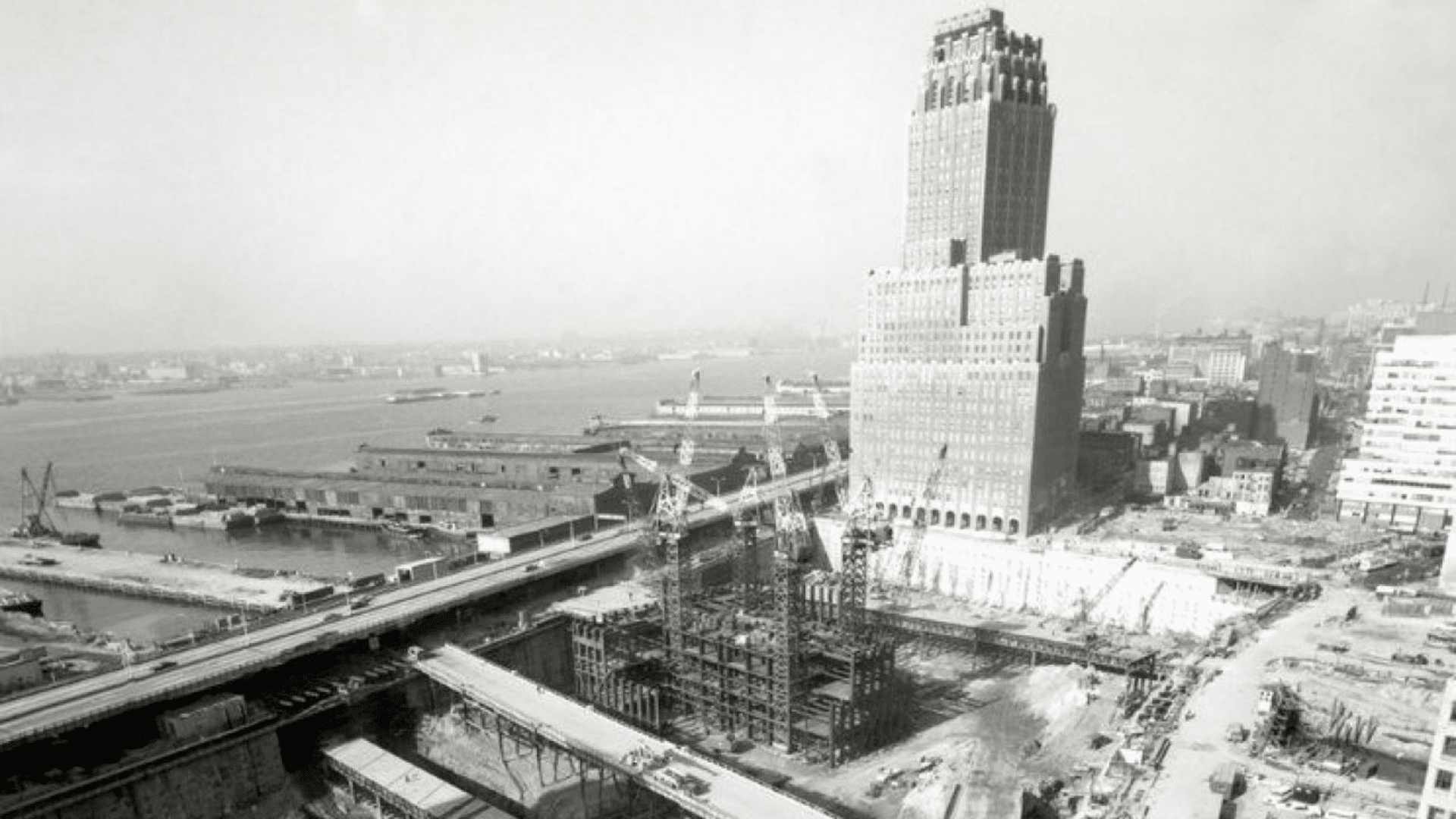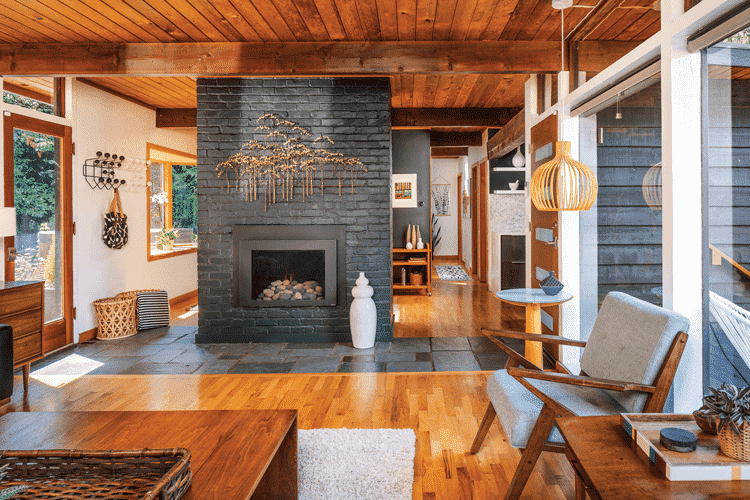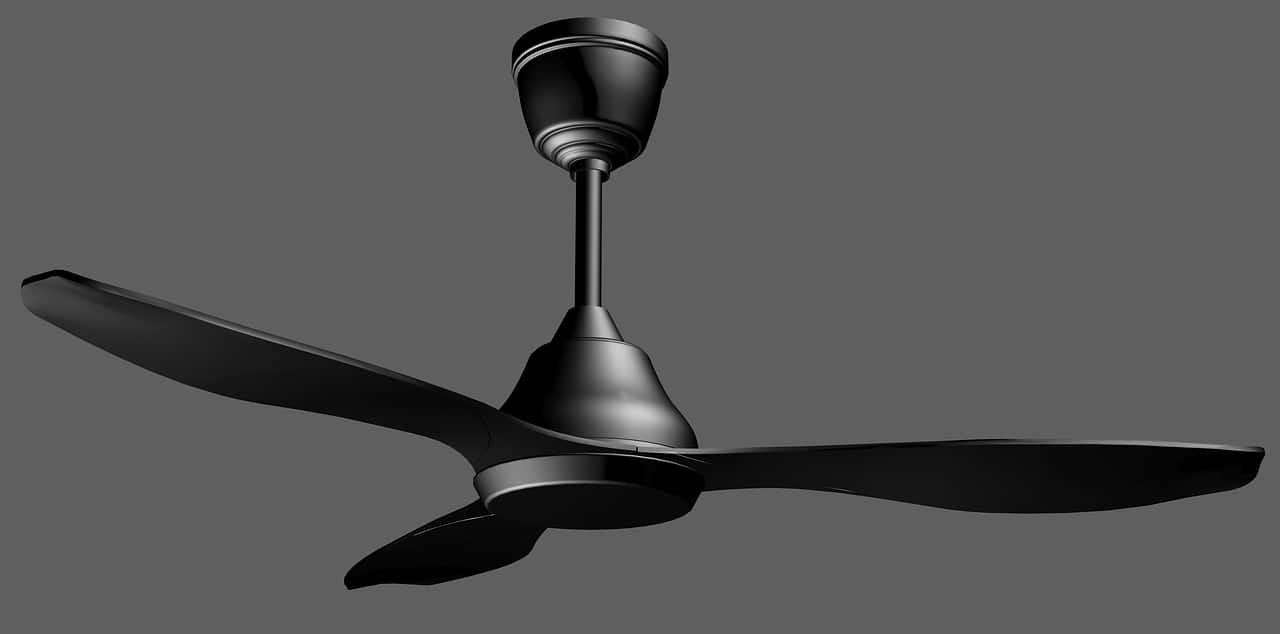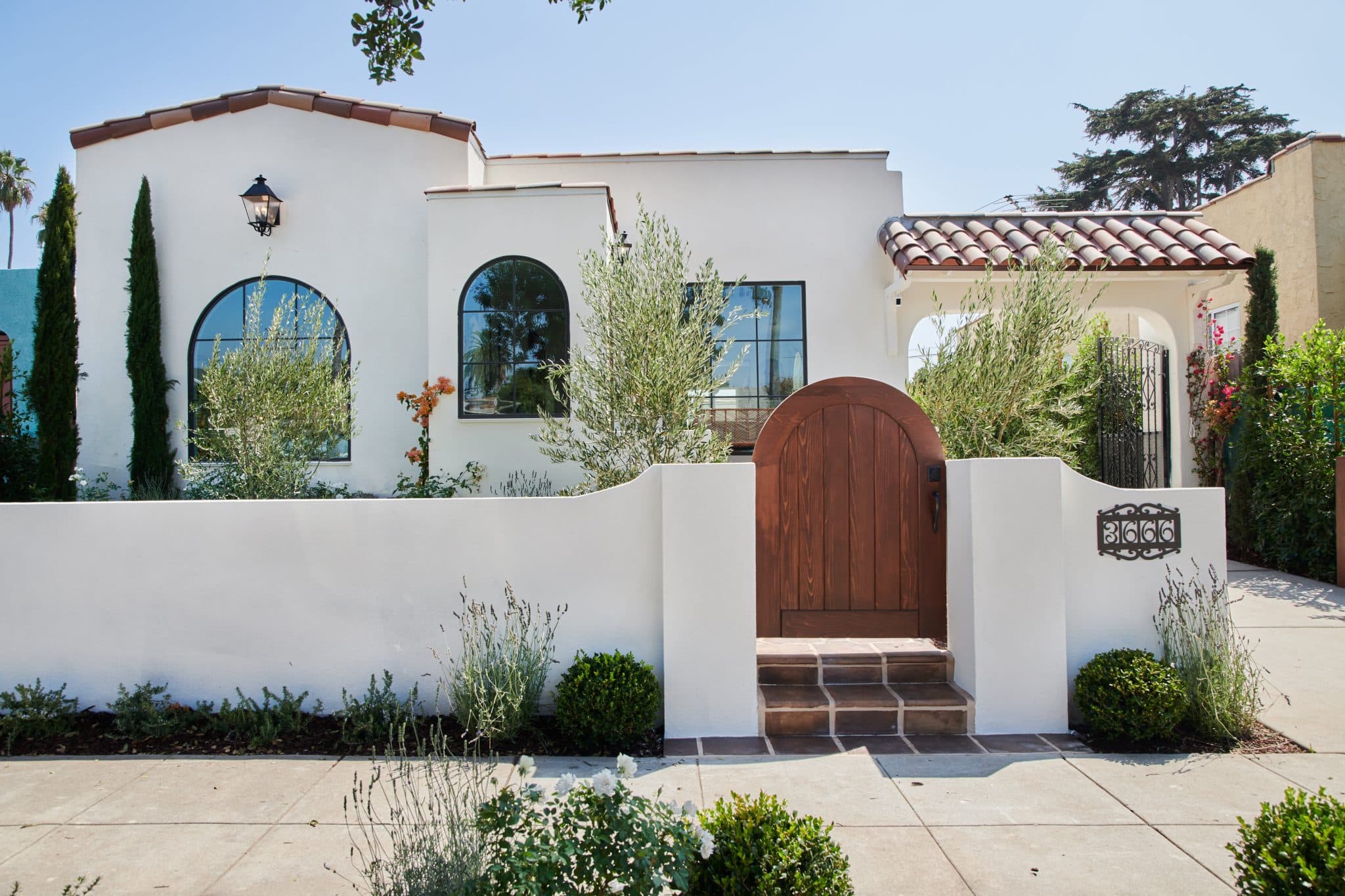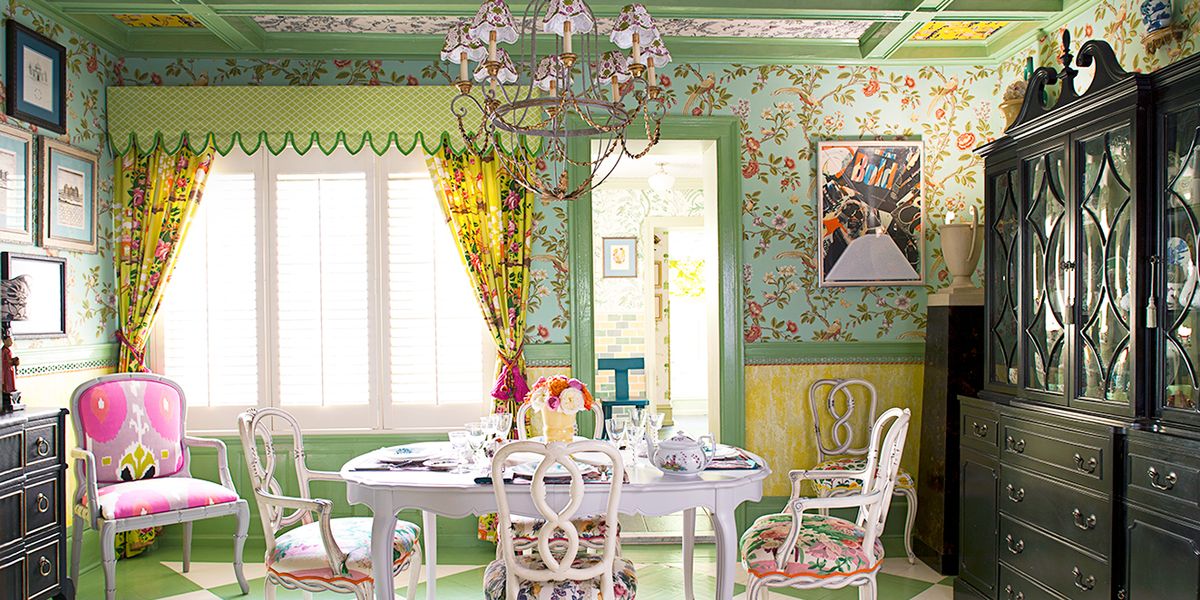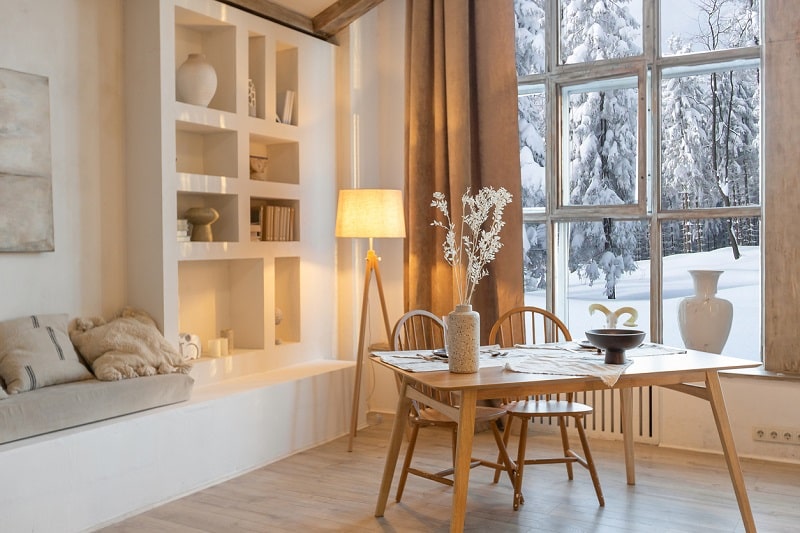Influence of 1970s Architecture: Styles and Impact
The 1970s saw a major change in architecture. Designers moved away from modernism’s clean lines and simplicity.
Instead, they experimented with bold new styles, materials, and shapes. Brutalism, Late Modernism, and Postmodernism became popular during this decade.
Today, many of these buildings still stand as important examples of 1970s design and provide insight into an era of architectural change.
This blog covers all the important architectural features of the 1970s. Let us get started!
Materials and Techniques Used in 1970s Architecture
Concrete and Steel
In the 1970s, raw concrete and exposed steel were used heavily in buildings. This reflected the Brutalist style, which focused on strong, bold materials.
Glass also became a key material in Late Modernism, used to create transparent and open designs. Large glass windows allowed for more light and a connection to the outside.
Functional Design
Designers focused on creating practical spaces that could be used every day. Open floor plans were common, with spaces flowing easily from one to the next.
Public spaces were designed to be multifunctional and easy to access. Buildings were made to be useful and serve the needs of people.
New Construction Methods
The 1970s saw the use of new building techniques. Prefabricated materials and modular construction made it easier to build quickly and efficiently.
These methods also allowed for more flexibility in design, making buildings larger and more adaptable to different uses.
Key Characteristics of 1970s Architecture
1. Brutalism

Brutalism is an architectural style that emerged in the mid-20th century and became prominent in the 1970s.
It is characterized by the use of raw concrete and exposed steel, creating a stark and bold visual impact.
Buildings in this style often have a heavy, solid, and monumental appearance.
Brutalism focused on functionality rather than decoration. Its designs were utilitarian, meaning they prioritized practical use over design-related concerns.
This led to large, block-like forms that could be used for various purposes, including offices, universities, and public buildings.
One of the key features of Brutalist architecture is its emphasis on raw, unfinished materials.
Concrete was often left in its natural state, and steel beams or supports were exposed, giving the buildings a rugged and industrial look.
The unpolished surfaces and sharp lines were meant to communicate strength and durability.
Notable Examples:
- Pompidou Centre (Paris): Known for its external pipes and structural elements, making its function visible from the outside.
- John Hancock Center (Chicago): Famous for its strong, angular design and the prominent use of steel and concrete.
While often criticized for their stark appearance, these buildings became icons of the Brutalist movement and reflected the era’s focus on bold, practical design.
2. Late Modernism

Late Modernism was a continuation of the Modernist style, but it focused more on bold, sharp shapes and trying out new designs.
It balanced function with new forms and materials to create expressive and unique buildings.
Buildings in this style often had glass facades, open spaces, and geometric shapes. The use of glass helped create brighter, more open buildings.
The focus was on combining beauty with practicality in public and commercial spaces.
Notable Examples:
- Berlin Philharmonic (Berlin): Known for its curved shapes and focus on sound.
- The Glass House (Connecticut): Famous for its clear walls and simple design.
Late Modernism was a time of creativity, where buildings went beyond just being structures, becoming artistic statements.
3. Postmodernism

Postmodernism was a reaction to the simple designs of Modernism. It brought in bold, colorful styles that moved away from the plainness of the past.
This style often mixed old and new designs with fun details and added more decoration to buildings.
The designs were more playful and creative, with unusual shapes and bright, bold colors.
A mix of materials was also used to create a unique and attention-grabbing look.
Notable examples:
- Portland Building (Portland): Known for its bright colors and fun design.
- AT&T Building (New York): Famous for its top “Chippendale” style, mixing classical and modern elements.
Postmodernism changed how buildings looked, making them more creative and less focused on being simple.
Notable Buildings
1. Pompidou Centre (Paris)

The Pompidou Centre in Paris is one of the most famous examples of Brutalism. It is known for its bold design, with exposed pipes and structural elements on the outside.
This makes the building’s function visible from the outside, creating a unique look. The building was designed to challenge traditional ideas about how a museum or public space should look.
2. World Trade Center (New York)

The original World Trade Center in New York was a key example of Late Modernism. Its sleek, geometric designs and large glass facades were characteristic of this style.
The Twin Towers were symbols of the era’s focus on innovation and modern architecture. They were also known for their strength and function, making them landmarks in the New York City skyline.
Famous Architects
These architects and buildings helped define the era with their focus on new materials, design experimentation, and creating spaces that were both functional and expressive.
- Louis Kahn: Known for his work with concrete and his focus on light and space, Kahn’s buildings, like the Salk Institute, remain iconic.
- Minoru Yamasaki: Famous for designing the World Trade Center, Yamasaki used clean lines and elegant forms in his buildings.
- Richard Rogers: Known for his innovative use of industrial materials and modern technology, his works, such as the Centre Pompidou in Paris, broke traditional architectural norms.
- Robert Venturi: A leading figure in Postmodernism, Venturi’s work, like the Vanna Venturi House, was a mix of playful and historical designs that challenged the minimalism of Modernism.
Interior Design in the 1970s
Bold Colors and Textures
The 1970s saw a shift in interior design, with bold colors and textures taking center stage.
Sunken living rooms and open floor plans became common in many homes. Wood paneling, which gives rooms a warm, rustic feel, was also a popular choice.
Earthy tones like mustard yellow, avocado green, and burnt orange were popular in furniture, walls, and accessories.
These colors reflected the natural world and were a reaction against the neutral tones of earlier decades.
Textural elements like shag carpets, leather furniture, and exposed brick walls were also commonly used. These materials added depth and warmth to the interiors, creating a cozy and lived-in atmosphere.
Mix-and-Match Styling
As Postmodernism grew in influence, interior design became more about mixing different styles and materials. This approach led to more creative, personalized spaces.
Bold patterns, contrasting textures, and historical references were common in the 1970s. Furniture was often informal and comfortable, with a focus on expressing individuality.
People began to decorate in ways that reflected their personal style, leading to unique and varied interiors.
The Legacy of 1970s Architecture
Postmodern Influence
The 1970s saw the rise of Postmodernism, a style that focused on playful, unique, and expressive designs. It moved away from the simplicity of Modernism and added bold, colorful, and decorative elements.
This style influenced the 1980s and later, encouraging architects to use more decoration and mix in historical references in their designs.
Modern-Day Relevance
Many buildings from the 1970s are still standing and have been updated for today’s use. These buildings show how important the designs from this era are. Brutalist structures, once criticized, are now seen as strong and bold.
The open, flexible spaces seen in many 1970s buildings still matter today. These designs are used in modern offices and public spaces that focus on being practical and adaptable.
Preservation Efforts
As some 1970s buildings face being torn down or ignored, more people are working to save these important buildings. Efforts to restore and protect these structures are growing as people recognize their value.
The influence of 1970s architecture is still seen in today’s buildings, showing that it continues to make an impact.
Conclusion
The 1970s brought the rise of Postmodernism, which focused on fun, creative, and bold designs. It moved away from the plainness of Modernism and added colorful, decorative elements.
This style influenced the 1980s and beyond, with architects using more decoration and mixing in historical touches.
Many 1970s buildings are still in use today, showing their lasting value. Brutalist buildings, once disliked, are now admired for their strength.
The open, flexible spaces from this time are still used in modern offices and public spaces.
As some of these buildings face demolition, more people are working to save them. The influence of 1970s architecture can still be seen today in buildings around the world.
Check out more blogs on our website for similar content!

